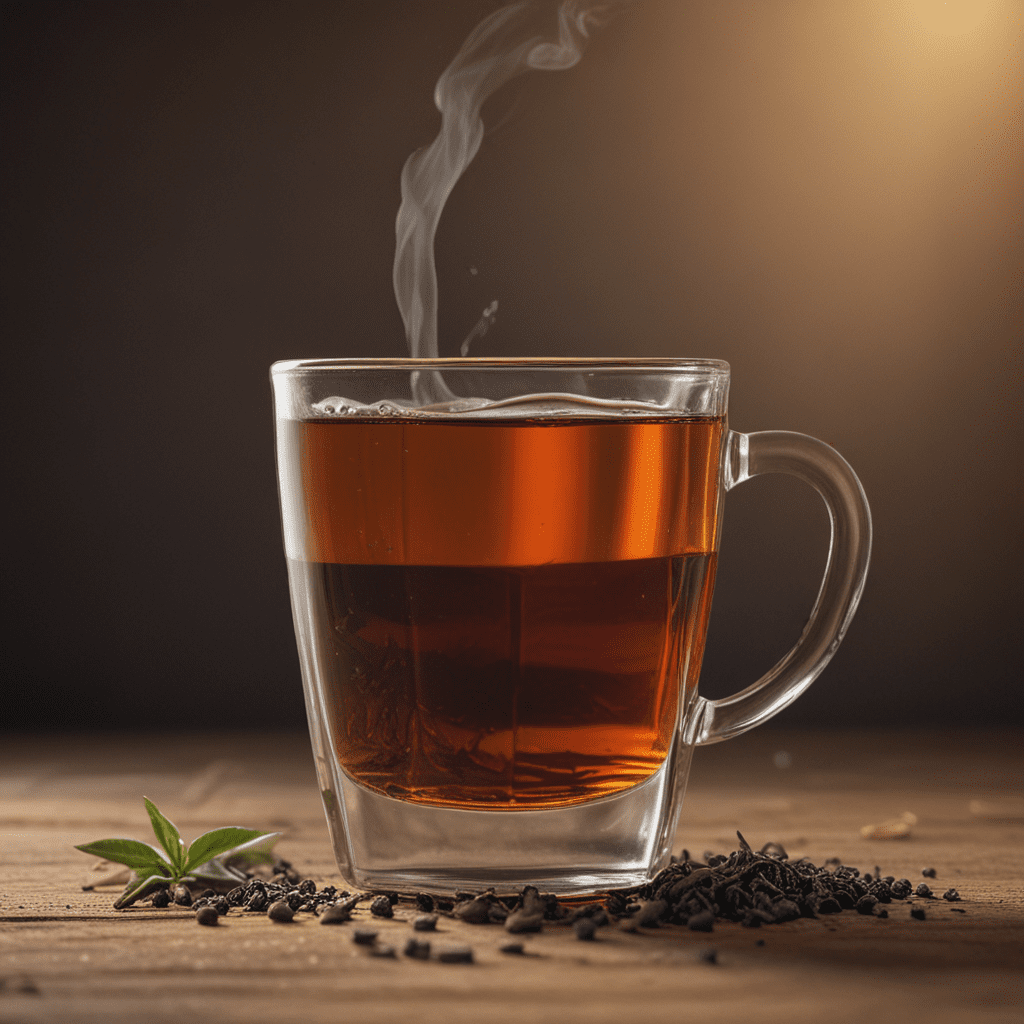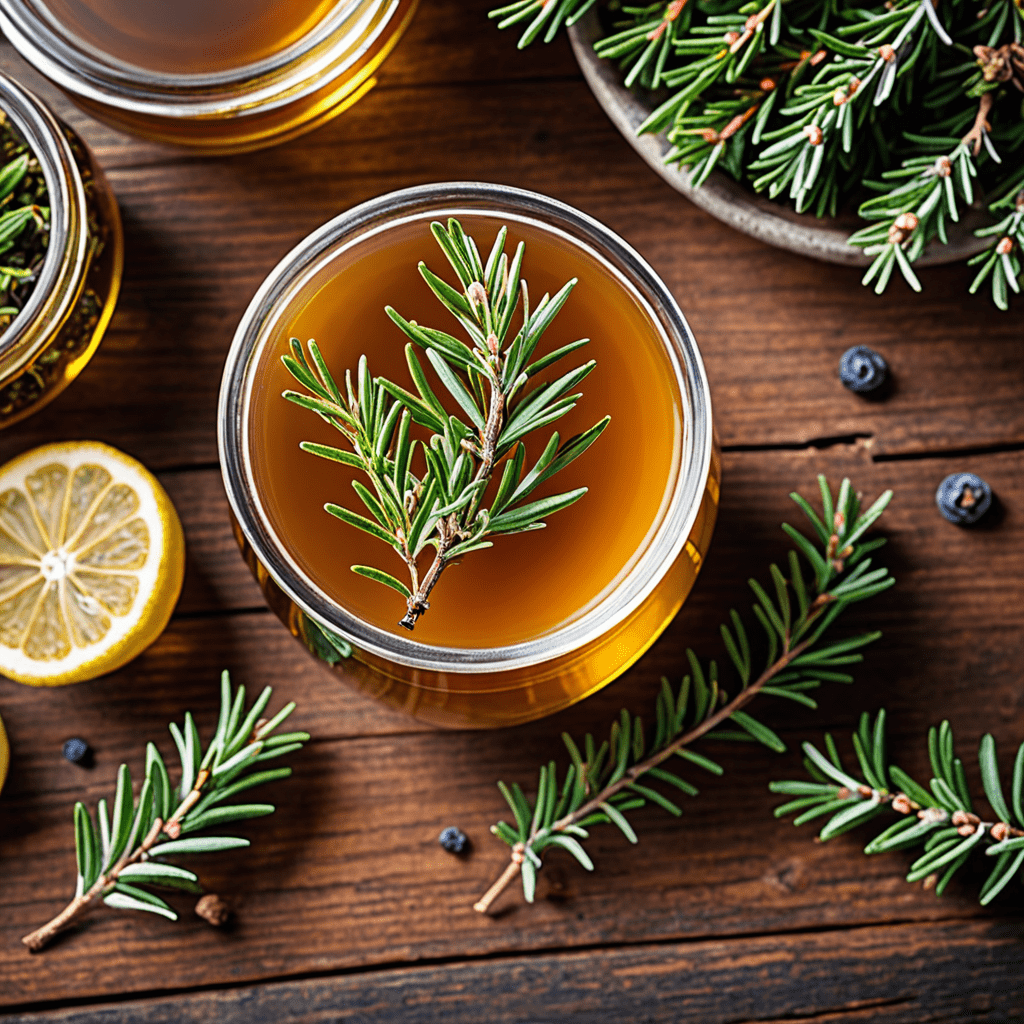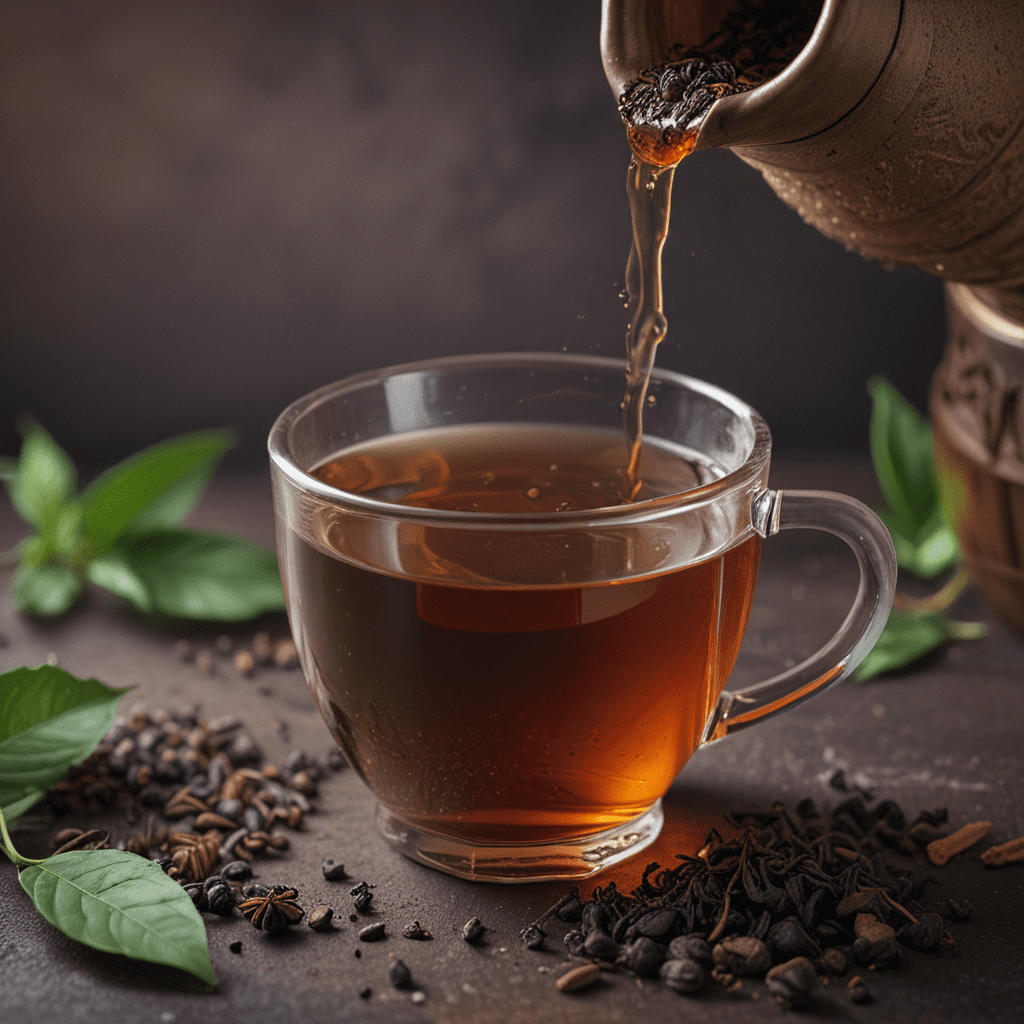
Introduction to Assam Tea
Assam tea, a cornerstone of Indian tea culture, is prized for its robust flavor and distinctive characteristics. Let's delve into the world of Assam tea, exploring its origins, cultivation, and the cultural significance it holds in India.
Historical Origins and Cultivation
Assam tea's origins trace back to the early 19th century, when British planters discovered wild tea trees thriving in the Brahmaputra Valley region of Assam. The establishment of tea plantations in the mid-1800s marked the beginning of Assam's commercial tea production. Today, Assam remains one of the largest tea-producing regions in the world, contributing significantly to India's tea industry.
Geographic Significance and Climate
Assam's unique geographical conditions play a crucial role in shaping the quality of its tea. The Brahmaputra Valley, nestled amidst the Eastern Himalayas, offers a warm and humid climate ideal for tea cultivation. The fertile alluvial soil and abundant rainfall provide optimal growing conditions for the tea bushes, contributing to the robust and full-bodied flavor of Assam tea.
Varieties of Assam Tea
Assam tea encompasses a diverse range of varieties, each offering a distinct flavor profile. Orthodox Assam tea, processed using traditional methods, retains its original leaf structure, resulting in a complex and nuanced taste. CTC (Crush, Tear, Curl) Assam tea, on the other hand, is processed using a more modern technique that produces smaller, granulated leaves, yielding a bolder and stronger brew.
Processing and Production Methods
Assam tea undergoes a meticulous processing process to preserve its inherent qualities. After plucking, the tea leaves are withered to reduce their moisture content. This is followed by oxidation, a crucial step where the leaves undergo a controlled fermentation process, developing their characteristic dark color and rich flavor. The leaves are then dried and graded according to size and quality, resulting in the distinctive Assam tea varieties we enjoy.
Characteristics and Flavor Profile
Assam tea is renowned for its full-bodied, malty flavor and brisk astringency. The robust nature of Assam tea stems from its high tannin content, which contributes to its strong and invigorating character. The flavor profile of Assam tea can be further described as earthy, woody, and with hints of honey or caramel sweetness.
Health Benefits and Medicinal Uses
Beyond its remarkable taste, Assam tea also boasts numerous health benefits. Its high antioxidant content plays a vital role in protecting the body from harmful free radicals and potentially reducing the risk of chronic diseases. Assam tea has also been traditionally used in Ayurvedic medicine for its anti-inflammatory and digestive properties.
Cultural Importance and Rituals
In Indian culture, Assam tea holds immense significance and is deeply intertwined with tradition and rituals. It is often served as a welcome drink to guests, fostering a sense of warmth and hospitality. Assam tea is also an integral part of various social gatherings and religious ceremonies, adding to the cultural tapestry of India.
Economic Impact and Global Trade
Assam tea plays a significant economic role in India and contributes to the livelihood of countless individuals involved in its cultivation, processing, and trade. The global demand for Assam tea has led to its export to numerous countries around the world, where it is enjoyed and appreciated for its unique qualities.
Sustainability and Environmental Considerations
As with any agricultural practice, sustainability is paramount in the production of Assam tea. Responsible cultivation practices, such as organic farming and water conservation, help preserve the natural environment and the long-term viability of the tea industry. Additionally, efforts are made to minimize the environmental impact throughout the supply chain, ensuring the sustainability of Assam tea production.
FAQs
Q: What is the ideal brewing time for Assam tea?
A: Steep Assam tea leaves for 3-5 minutes, depending on desired strength.
Q: What is the difference between orthodox and CTC Assam tea?
A: Orthodox Assam tea preserves its original leaf structure, resulting in a complex flavor, while CTC Assam tea has smaller, granulated leaves, yielding a bolder brew.
Q: Does Assam tea contain caffeine?
A: Yes, Assam tea contains caffeine, which contributes to its invigorating effect.
Q: What is the ideal storage method for Assam tea?
A: Store Assam tea in an airtight container in a cool, dry place to preserve its freshness and flavor.


